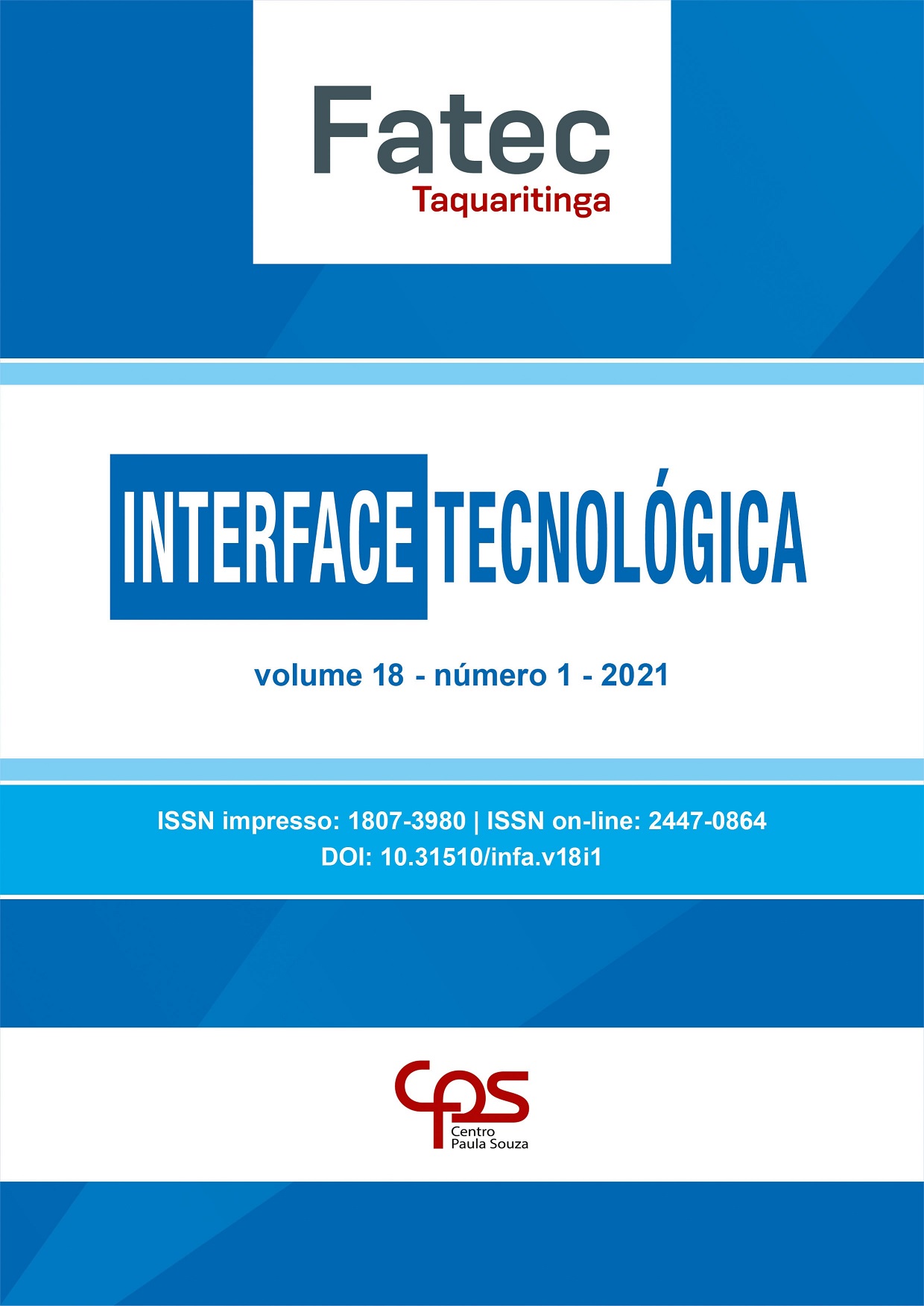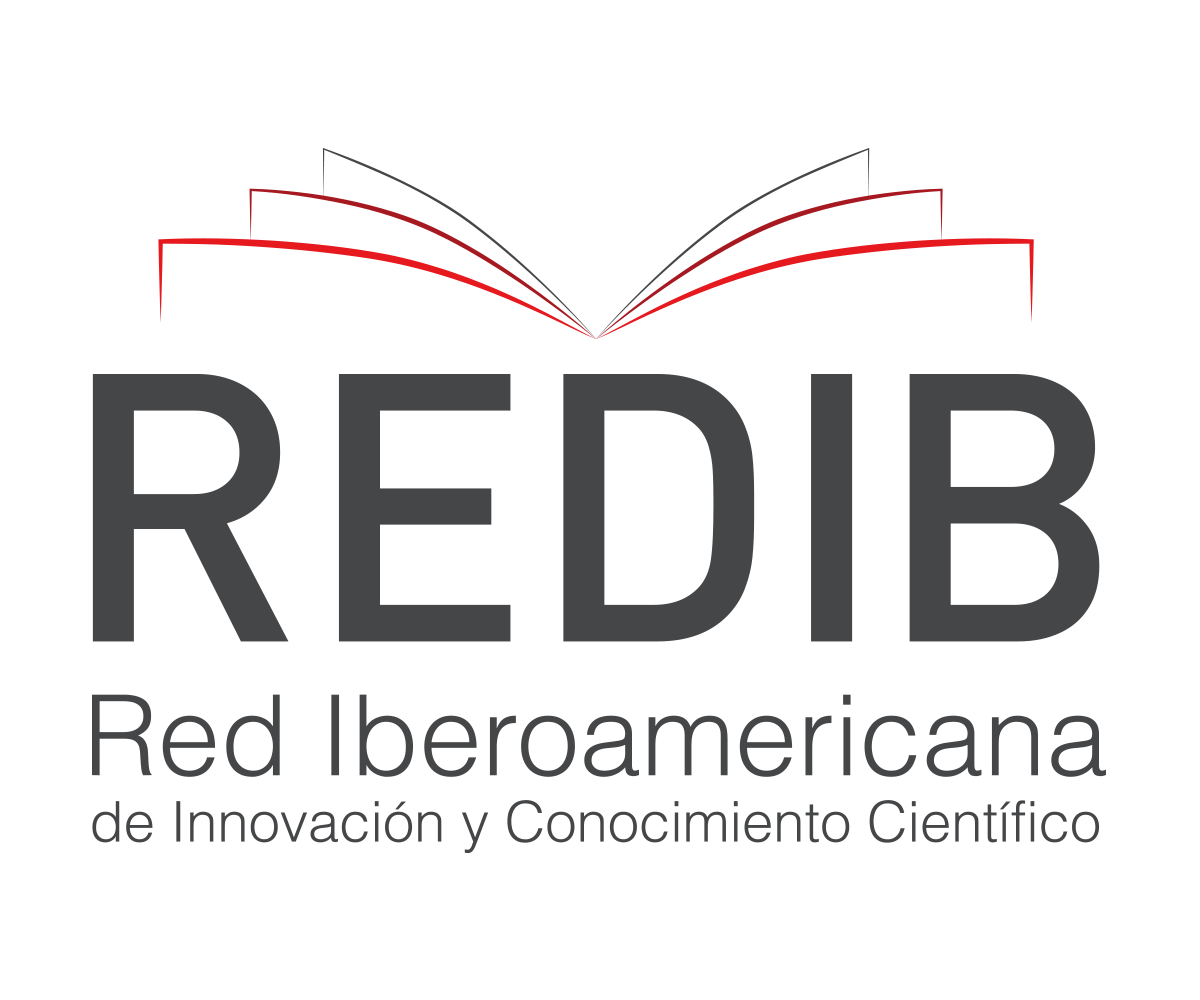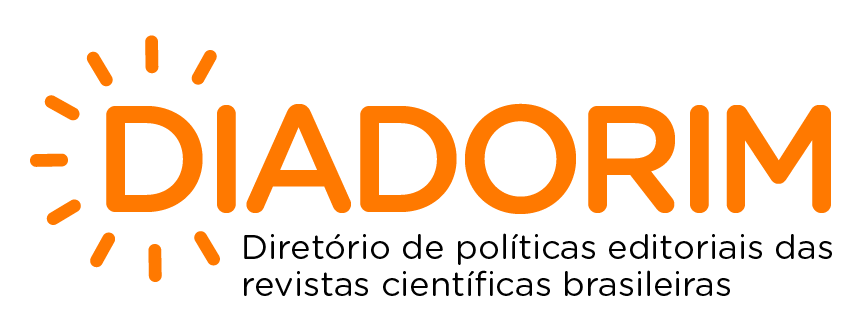MACHINE LEARNING IN PRESCRIPTION FOR INDIVIDUALIZD AESTHETIC TREATMENTS
DOI:
https://doi.org/10.31510/infa.v18i1.1127Keywords:
Artificial Intelligence, Machine Learning, Aesthetic HealthAbstract
The present work evaluates different Artificial Intelligence (AI) algorithms, applied to diagnostic and prescription tasks to assist aesthetic health professionals. The prescription of aesthetic treatments faces several problems when dealing with individuals, as each has unique characteristics; it is possible that given treatment will have different effects considering the individualities. Based on this problem, it is possible to visualize that treatments may not achieve the desired effect on an individual. In this context, aesthetic treatments and their ineffectiveness can change given a person, affecting their mental or physical health. Thus, it is justified to study ways for the implementation of an intelligent diagnostic system, which can generate individualized prescriptions, considering individualities and the case to be treated. Initially, the present project will begin with a broad bibliographic and documentary descriptive analysis, with a wide review of the literature on Artificial Intelligence. After the theoretical basis is established, the concepts raised above are applied, with the application of an open tool, to be defined during the bibliographic research, in a database for the learning of diagnostic cases, thus being of an applied nature. Finally, the relationship between the users' perception of the precision and possible application of the prototype in production will be established, thus carrying out qualitative and exploratory analysis.
Downloads
References
BELONGIE, S., MALIK, J., PUZICHA, J. Shape matching and object recognition using shape contexts. IEEE Transactions on Pattern Analysis and Machine Intelligence, 24 (4):509–522, 2002. DOI: https://doi.org/10.1109/34.993558
BRASIL. Conselho Regional de Farmácia do Estado de São Paulo. Farmácia Estética. Secretaria dos Colaboradores. Comissão Assessora de Farmácia Estética. 44 p.; 20 cm. - - ISBN 978-85-63931-83-2 São Paulo, 2016a. Disponível em: http://portal.crfsp.org.br/index.php/comissoes-assessoras/572-farmaciaestetica/acoes/8476-cartilha-de-farmacia-estetica.html Acesso em: 02 de Novembro de 2020.
BRITO, E. M. N. Mineração de Textos: Detecção automática de sentimentos em comentários nas mídias sociais. Belo Horizonte, 2016 Dissertação (Sistemas de Informação e Gestão do Conhecimento) - UNIVERSIDADE FUMEC, 2016.
CAMARGO, Brigido Vizeu et al. Representações sociais do corpo: Estética e Saúde. Temas em Psicologia, v. 19, n. 1, p. 257-268. 2011. Disponível em: http://pepsic.bvsalud.org/scielo.php?script=sci_arttext&pid=S1413- 389X2011000100021 Acesso em: 03 de Novembro de 2020.
COVER, T., HART, P. Nearest neighbor pattern classification. In IEEE Transactions in Information Theory. IT-13, pages 21–27, 1967. DOI: https://doi.org/10.1109/TIT.1967.1053964
FACELLI, K. et al. Inteligência Artificial: Uma Abordagem de Aprendizagem de Máquina. LTC, 2011. 6, 8, 11, 12, 13, 14, 15, 16, 20, 21, 34
FERREIRA, J. M., et al. Estética dental por meio do uso de coroa e facetas metal free: relato de caso. Revista Eletrônica Acervo Saúde. 2019. DOI: https://doi.org/10.25248/reas.e3800.2020
HOP GOOD, Adrian A. Kowledge-based systems for engineers and scientists. CRC
Press, 1993.
LAUSCHKE, Volker M.; ZHOU, Yitian; INGELMAN-SUNDBERG, Magnus. Novel genetic and epigenetic factors of importance for inter-individual differences in drug disposition, response and toxicity. Pharmacology & Therapeutics. 2019. DOI: https://doi.org/10.1016/j.pharmthera.2019.01.002
MAYA, V. Mesotherapy. Indian J Dermatol Venereol Leprol, n. 73, p. 60-62, 2007. DOI: https://doi.org/10.4103/0378-6323.30661
MARCONI, M. A., LAKATOS, E. M. Fundamentos de Metodologia Científica. 5° Edição. EDITORA ATLAS S.A. São Paulo, 2003.
RUSSEL, Stuart; NORVIG, Peter. Inteligência Artificial. 3 ed. Rio de Janeiro: Elsevier, 2013.
PINHEIRO, S. M., et. al; Eficácia do tratamento de Neurofeedback em crianças com TDAH: uma revisão literária. Brazilian Journal of Health Review. 2020 DOI: https://doi.org/10.35587/brj.ed.00001022
PISTOR, M. What is mesotherapy? Chir Dent Fr, n. 46, p. 59- 60, 1976.
RICH, Elaine. Inteligência Artificial. 2.ed. São Paulo: Makron Books, 1993.
SANTOS, Marcel Koenigkam.; et. al; Inteligência artificial, aprendizado de máquina, diagnóstico auxiliado por computador e radiômica: avanços da imagem rumo à medicina de precisão. Radiologia Brasileira. 2019.
SIMARD, P. Y., LECUN, Y., DECKER, J. Efficient pattern recognition using a new transformation distance. In S. Hanson, J. Cowan, and L. Giles, editors, Advances in Neural Information Processing Systems. 6, pages 50–58, San Mateo, CA, 1993. Morgan Kaufman.
SHMIDTT, A.; OLIVEIRA, C.; GALLAS, J. C. O mercado da beleza e suas consequências. UNIVALI, Balneário Camboriú, Santa Catarina, 2008. Disponível em: http://siaibib01.univali.br/pdf/Alexandra%20Shmidtt%20e%20Claudete%20Oliveira.p df Acesso em: 02 de Novembro de 2020.
STRAUB, Richard O. Psicologia da Saúde: Uma abordagem biopsicossocial. 3. ed.
São Paulo: Artmed. 2014. Disponível em: https://integrada.minhabiblioteca.com.br/#/books/9788582710548/cfi/3!/4/4@0.00:60.
Acesso em: 03 de Novembro de 2020.
TENNSTEDT, D., LACHAPELLE, J. M. Effets cutanés indesirables de la mésotherapie. Ann Dermatol Venereol, n. 124, p. 192-196, 1997.
THEODORIO, D. P., DA SILVA, A. P., SCARDOVELLI, T. A., Jogos sérios brasileiros para auxílio do diagnóstico e tratamento de TDAH: revisão integrativa. Interfaces da Educação. 2020. DOI: https://doi.org/10.26514/inter.v11i32.4298
WEBER, R.. Intelligent jurisprudence research. Tese (Doutorado em Engenharia), Universidade Federal de Santa Catarina, Florianóplolis (SC), 1998.
WEKA. The wokrbench for machine learning. Disponível em: https://www.cs.waikato.ac.nz/ml/weka/ Acesso em: 11 de abril de 2021.
Downloads
Published
Issue
Section
License
Copyright (c) 2021 Revista Interface Tecnológica

This work is licensed under a Creative Commons Attribution 4.0 International License.
Os direitos autorais dos artigos publicados pertencem à revista Interface Tecnológica e seguem o padrão Creative Commons (CC BY 4.0), que permite o remixe, adaptação e criação de obras derivadas do original, mesmo para fins comerciais. As novas obras devem conter menção ao(s) autor(es) nos créditos.








.jpg)




1.png)
1.png)
